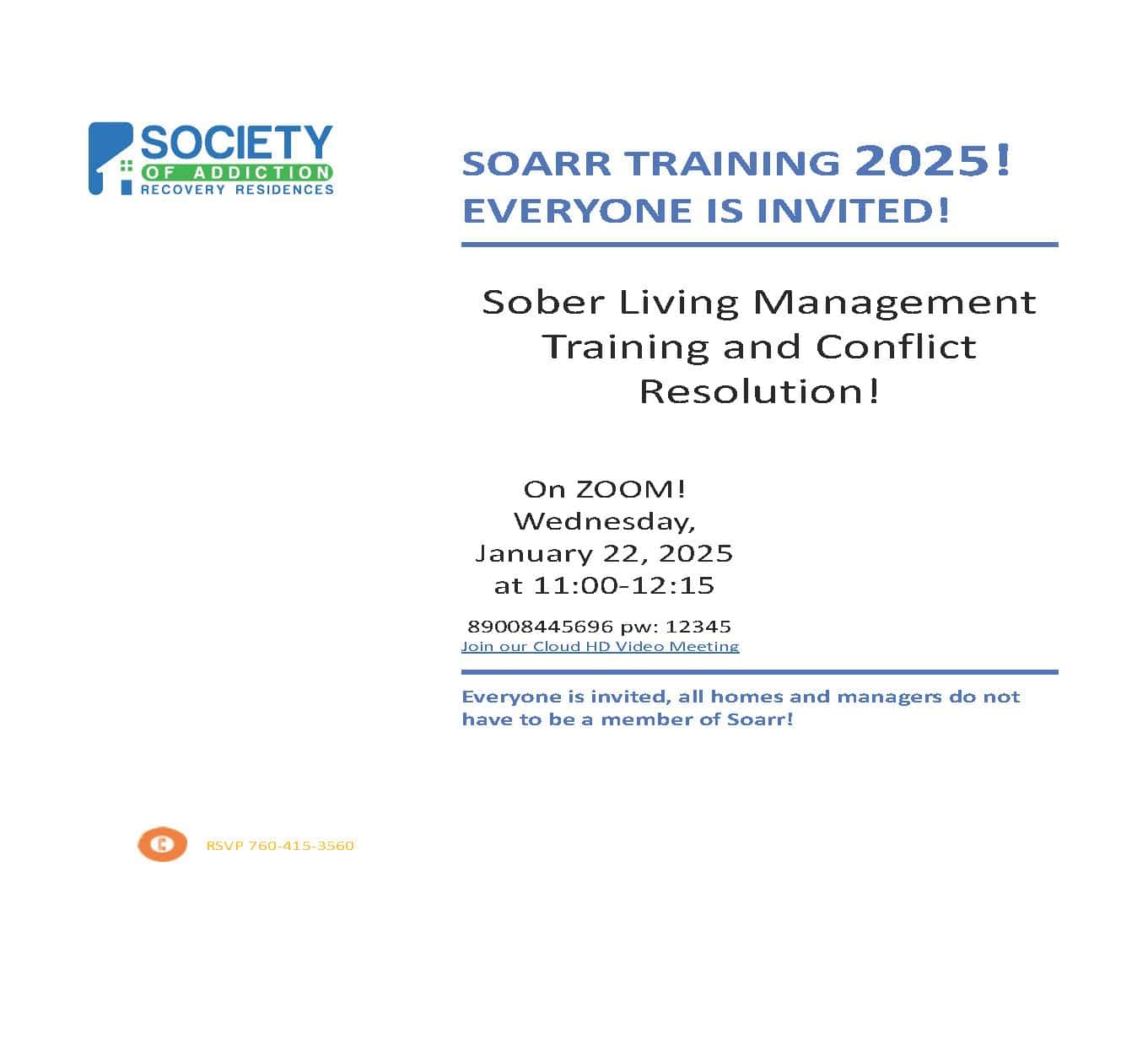Life may have felt tumultuous for many people in recovery during the first year of the pandemic. People lost jobs, healthcare, livelihoods, and a sense of security. People with mental health disorders and substance use disorder (SUD) were deeply impacted by COVID-19. Physical health problems may have been left neglected, mental health issues worsened, and people in recovery were often left alone. Telehealth eventually became a lifeline for people during the pandemic, but first, there were failures along the way that made things harder for people seeking recovery,
Increased Overdoses During the Pandemic
New numbers show a 30% increase in overdoses in 2020 in the US. People with substance use disorder faced challenges like everyone. Economic hardship, disruption in healthcare and mental care, and loneliness took a toll on everyone. Many people lost loved ones during the pandemic without being able to say goodbye. The trauma, it seems, piled on to some of the most vulnerable groups during the pandemic.
In addition to societal challenges, people who use drugs may have had trouble getting ahold of their regular supply. Rather than risk painful withdrawal, people bought from different sources without being able to gauge the authenticity of their products. This led to many overdoses as fentanyl-tainted drugs became the top killer of people ages 18-45 in the United States.
Mental health and addiction service providers in rural areas had particular issues like staffing that made it impossible to serve everyone. This is why so many providers asked the government to allow them to provide telehealth services to their clients.
Telehealth Expanded Services
Peer support services, which have no licensing and are volunteer-run, were the first groups to pivot for people in recovery to meet online. As people became more comfortable using conferencing software like Zoom, there was more patient buy-in. While nobody fell in love with teleconferencing, it became a vital way for people to connect.
When the pandemic’s effect on treatment and recovery became evident, the DEA and FDA allowed doctors and other clinical providers to offer telehealth services. While some providers only used telehealth for individual and group therapy, they also expanded Medication-Assisted Treatment services so that people could continue their MAT medications safely without needing frequent in-person visits.
Insurance providers also were a big part of expanding telehealth services. At first, they were resistant to changing formats, but mental health parity laws ensured that they pay for all services equally. (If insurance companies paid for telehealth primary care visits, they had also to find a way to pay for mental health and substance use services.)
Continuing to provide these services and use technology to help more people is a critical challenge that addiction recovery providers are now learning to meet.
Sober Living Bridges Gaps, Too
People who live together in a community with others in recovery often feel like they build a strong foundation. In a sober living community, living with others who have similar goals can help a person stay sober. There is structure, but there is also flexibility and community.
Many people who want to stay sober find that sober living is a great idea for them after they have gone through a short recovery program. Having a community of others around who are working on a recovery program can be very helpful in the long run.
About SOARR
The Society of Addiction Recovery Residences is an alliance of sober homes and addiction professionals who work together to build high standards within their community. To learn more about us, or get help finding a sober home situation, call us at 619-828-2001.





